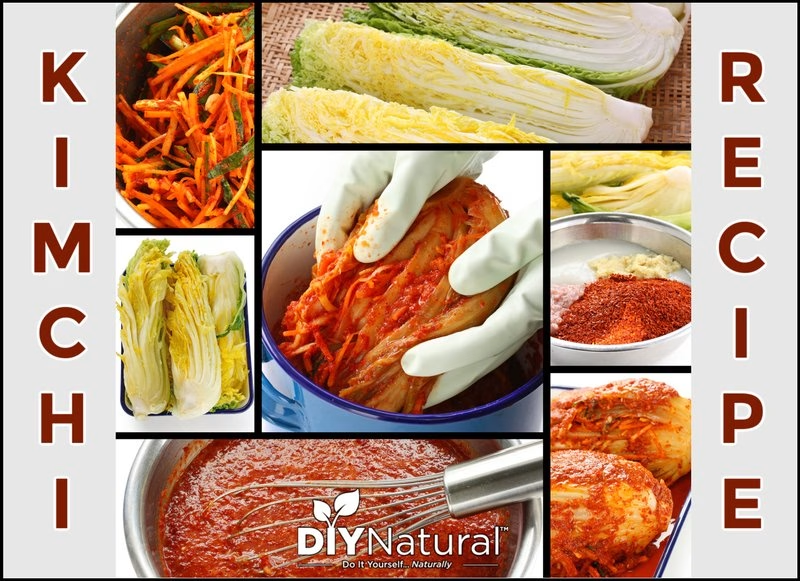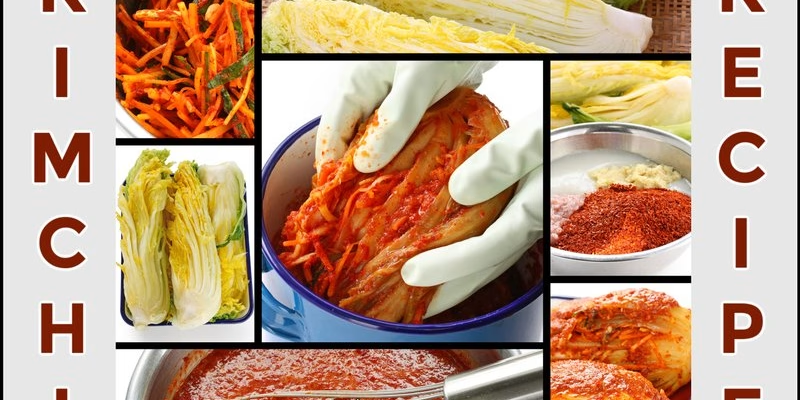
Aged Kimchi is not just a side dish; it’s a culinary experience that bursts with flavor and history. Originating from Korea, this fermented delight is beloved across the globe for its unique taste and health benefits. Aged Kimchi showcases a rich tapestry of flavors, evolving from spicy and crunchy to rich and umami-packed as it ferments over time. In this article, we’ll dive into the world of Aged Kimchi, exploring Aged Kimchi ingredients, Aged Kimchi variations, and the process of how to make Aged Kimchi at home.
Whether you’re a seasoned chef or a home cook, this guide will show you everything you need to know to create your very own Aged Kimchi. Get ready to impress your friends and family with your new culinary skills!
Ingredients
| Ingredient | Measurement | Description |
|---|---|---|
| Napa Cabbage | 1 large head | This is the base of your Aged Kimchi, providing a crunchy texture and sweetness. |
| Salt | 3 tbsp | Essential for drawing out moisture from the cabbage and aiding in fermentation. |
| Garlic | 10 cloves, minced | Fresh garlic enhances the aroma and depth of flavor in Aged Kimchi. |
| Ginger | 2-inch piece, grated | Ginger serves as a warming spice that rounds out the flavor profile. |
| Red Pepper Flakes | 1/2 cup | This is what gives Aged Kimchi its signature heat and vibrant color. |
| Fish Sauce | 1/4 cup | Provides a savory umami flavor that enhances the overall richness of the dish. |
| Green Onions | 4, chopped | Adds a fresh, mild onion flavor that complements the other ingredients. |
| Carrots | 1, julienned | Adds a hint of sweetness and a pop of color to your Aged Kimchi. |
Step-by-Step Instructions
- Prepare the Napa Cabbage: Start by cutting the Napa cabbage into quarters and sprinkling salt in between the leaves. Let it sit for 1-2 hours, allowing the salt to draw out moisture. This step is key for the perfect aged flavor.
- Make the Kimchi Paste: In a large bowl, combine minced garlic, grated ginger, red pepper flakes, fish sauce, and a bit of water. Mix until you achieve a paste-like consistency. This Aged Kimchi sauce is where the magic begins.
- Combine Ingredients: After the cabbage has softened, rinse it under cold water to remove excess salt. Drain well, then add the chopped green onions and julienned carrots to the bowl with the Kimchi paste. Stir to combine thoroughly.
- Pack the Kimchi: Place the mixture in a clean, air-tight container. Press it down firmly to remove air pockets, leaving about an inch of space at the top for expansion during fermentation.
- Ferment: Leave the container at room temperature for 1-2 days to kickstart fermentation. After that, transfer it to the fridge, where it will continue to develop its flavors. The longer it ages, the deeper the flavor!
Pro Tips
- Keep It Clean: Ensure all your utensils and containers are sanitized to prevent unwanted bacteria growth during fermentation.
- Experiment with Spices: Feel free to adjust the quantity of red pepper flakes or add other spices like bay leaves for a unique twist.
- Taste as You Go: During fermentation, taste your Aged Kimchi after a day or so until it reaches your desired flavor.
- Storage Matters: Store Aged Kimchi in a glass container to prevent smells from transferring to other foods in your fridge.
Nutritional Information
| Nutrient | Per Serving (1/2 cup) |
|---|---|
| Calories | 30 |
| Protein | 2g |
| Carbohydrates | 5g |
| Saturated Fats | 0.5g |
| Fiber | 2g |
| Cholesterol | 0mg |
| Sugars | 1g |
| Fats | 0g |
FAQs
What is the best way to store Aged Kimchi?
Store your Aged Kimchi in a glass container in the refrigerator. It can last for several months, and the flavor will continue to deepen over time.
Can Aged Kimchi be made vegan or gluten-free?
Absolutely! You can replace fish sauce with a vegan option like soy sauce or miso for a gluten-free version.
What are the best side dishes to serve with Aged Kimchi?
Aged Kimchi pairs wonderfully with rice, noodles, or even as a topping on pancakes. It can also be enjoyed with grilled meats and tofu.
How long does it take to prepare Aged Kimchi?
Preparation can take about 30 minutes, with additional time for fermentation. Expect at least 2 days for it to age and develop its amazing flavors.
Can I freeze Aged Kimchi for later?
While you can freeze Aged Kimchi, it may lose some of its crunch and texture upon thawing. It’s best enjoyed fresh!
How can I tell when Aged Kimchi is ready?
Taste is your best friend! Once it reaches your desired level of sourness and flavor, it’s ready to enjoy.
Can I use other vegetables in Aged Kimchi?
Yes! Feel free to experiment with ingredients like radishes, cucumber, or even apples for a sweeter twist.
What health benefits does Aged Kimchi offer?
Aged Kimchi is rich in probiotics, which support gut health, and is low in calories but high in nutrients, making it a fabulous addition to a healthy diet!
In conclusion, making your own Aged Kimchi at home is an exciting adventure that delivers in flavor, nutrition, and satisfaction. The process allows for creativity and personalization, making it perfect for any kitchen. Try your hand at this traditional dish, and don’t hesitate to tweak it to your liking. Tried this Aged Kimchi recipe? Let us know your experience in the comments!






